Anyone have a stud finder that really works?
kaisermust
14 years ago
Featured Answer
Comments (21)
sierraeast
14 years agohomebound
14 years agoRelated Professionals
Grafton Kitchen & Bathroom Designers · Lenexa Kitchen & Bathroom Designers · Bensenville Kitchen & Bathroom Designers · Shaker Heights Kitchen & Bathroom Remodelers · Crestview Interior Designers & Decorators · Fernway Interior Designers & Decorators · Albany General Contractors · Erlanger General Contractors · Hermitage General Contractors · Jericho General Contractors · Markham General Contractors · Port Huron General Contractors · Ravenna General Contractors · University Heights General Contractors · Van Buren General Contractorskudzu9
14 years agobrickeyee
14 years agodickross
14 years agohomebound
14 years agobrickeyee
14 years agoclg7067
14 years agodickross
14 years agobrickeyee
14 years agodickross
14 years agodave777_2009
14 years agokudzu9
14 years agodrywall_diy_guy
14 years agojaansu
14 years agojoblake326
12 years agobrickeyee
12 years agojoblake326
12 years agobrickeyee
12 years agohummingalong2
5 years ago
Related Stories
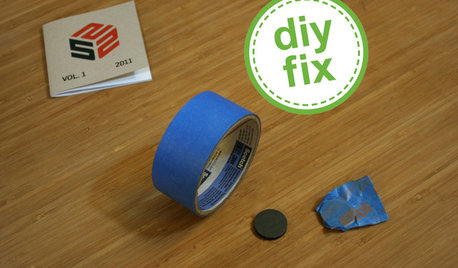
DECORATING GUIDESQuick Fix: Find Wall Studs Without an Expensive Stud Finder
See how to find hidden wall studs with this ridiculously easy trick
Full Story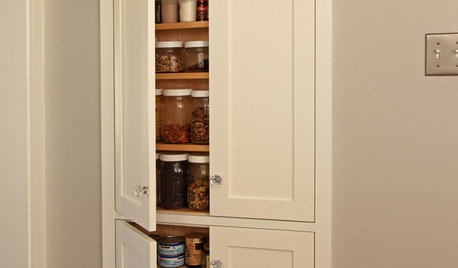
STORAGETap Into Stud Space for More Wall Storage
It’s recess time. Look to hidden wall space to build a nook that’s both practical and appealing to the eye
Full Story
REMODELING GUIDESBreakthrough Budgeting Info: The Houzz Real Cost Finder Is Here
Get remodeling and product prices by project and U.S. city, with our easy-to-use interactive tool
Full Story
MUDROOMSThe Cure for Houzz Envy: Mudroom Touches Anyone Can Do
Make a utilitarian mudroom snazzier and better organized with these cheap and easy ideas
Full Story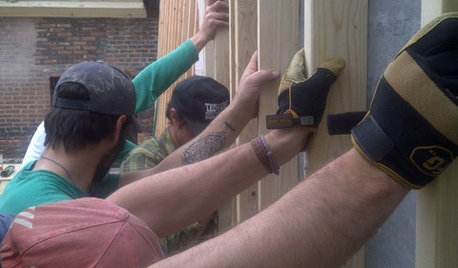
KNOW YOUR HOUSEMeet the Studs
Two-by-fours are just the kind of strong, silent type every home needs. Get to know studs — and how they lie about their size — right here
Full Story
REMODELING GUIDESWhat to Know About Budgeting for Your Home Remodel
Plan early and be realistic to pull off a home construction project smoothly
Full Story
WORKING WITH PROSWorking With Pros: When You Just Need a Little Design Guidance
Save money with a design consultation for the big picture or specific details
Full Story
LOFTS5 Innovative Ideas From a Live-Work Space in a Converted Toy Factory
Driven by a tight budget, architects get creative in transforming a couple’s work-focused loft in downtown Los Angeles
Full Story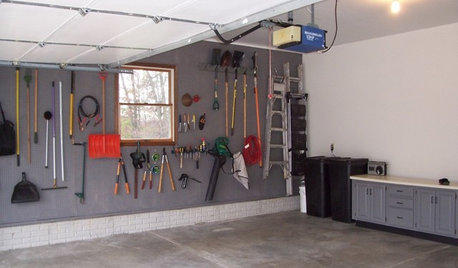
MORE ROOMS6 Garage Organizing Tips That Really Work
National Clean Out the Garage Day: Here's how to clear the clutter and organize what's left
Full Story
STUDIOS AND WORKSHOPSMy Houzz: Eclectic Charm in a Baton Rouge Renovated Live-Work Cottage
Makers of handcrafted jewelry bring personalized flair to their 1,350-square-foot Louisiana home and studio
Full Story






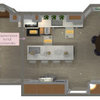
homebound